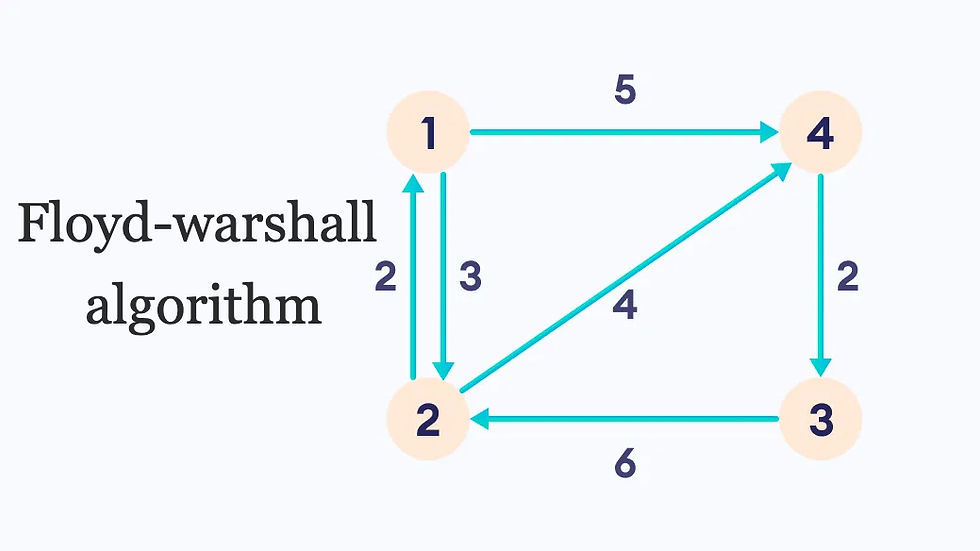PostgreSQL Indexing Strategies
- Emilia

- Sep 8
- 3 min read

Index Modifiers and Special Cases
Column-Based Recommendations
Performance Guidelines
When to Add Indexes
Columns frequently used in WHERE clauses
JOIN conditions
ORDER BY columns
Columns with high selectivity (many unique values)
Foreign key relationships
When to Avoid Indexes
Small tables (< 1000 rows)
Columns with low selectivity (few unique values)
Tables with heavy INSERT/UPDATE workloads
Temporary or staging tables
Maintenance Considerations
REINDEX periodically for heavily updated indexes
Monitor index bloat with pg_stat_user_indexes
Use ANALYSE after significant data changes
Consider FILLFACTOR for frequently updated tables
Drop unused indexes (check pg_stat_user_indexes.idx_scan)



Comments